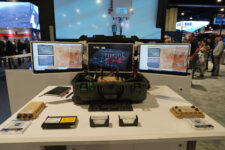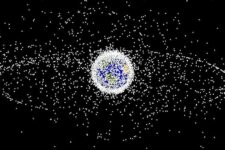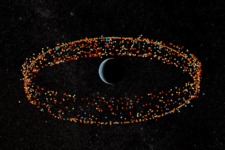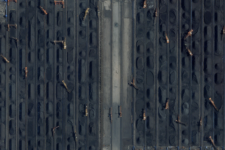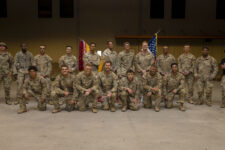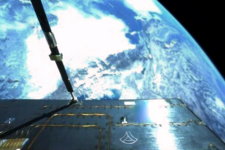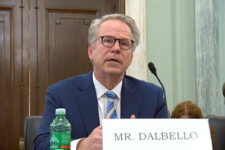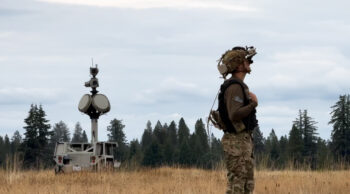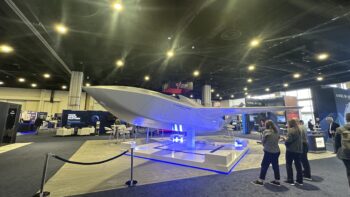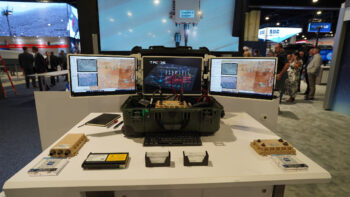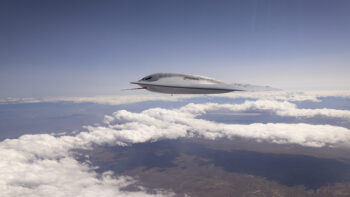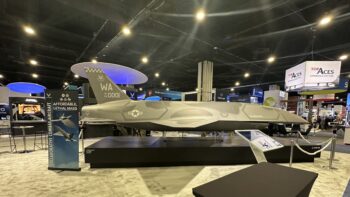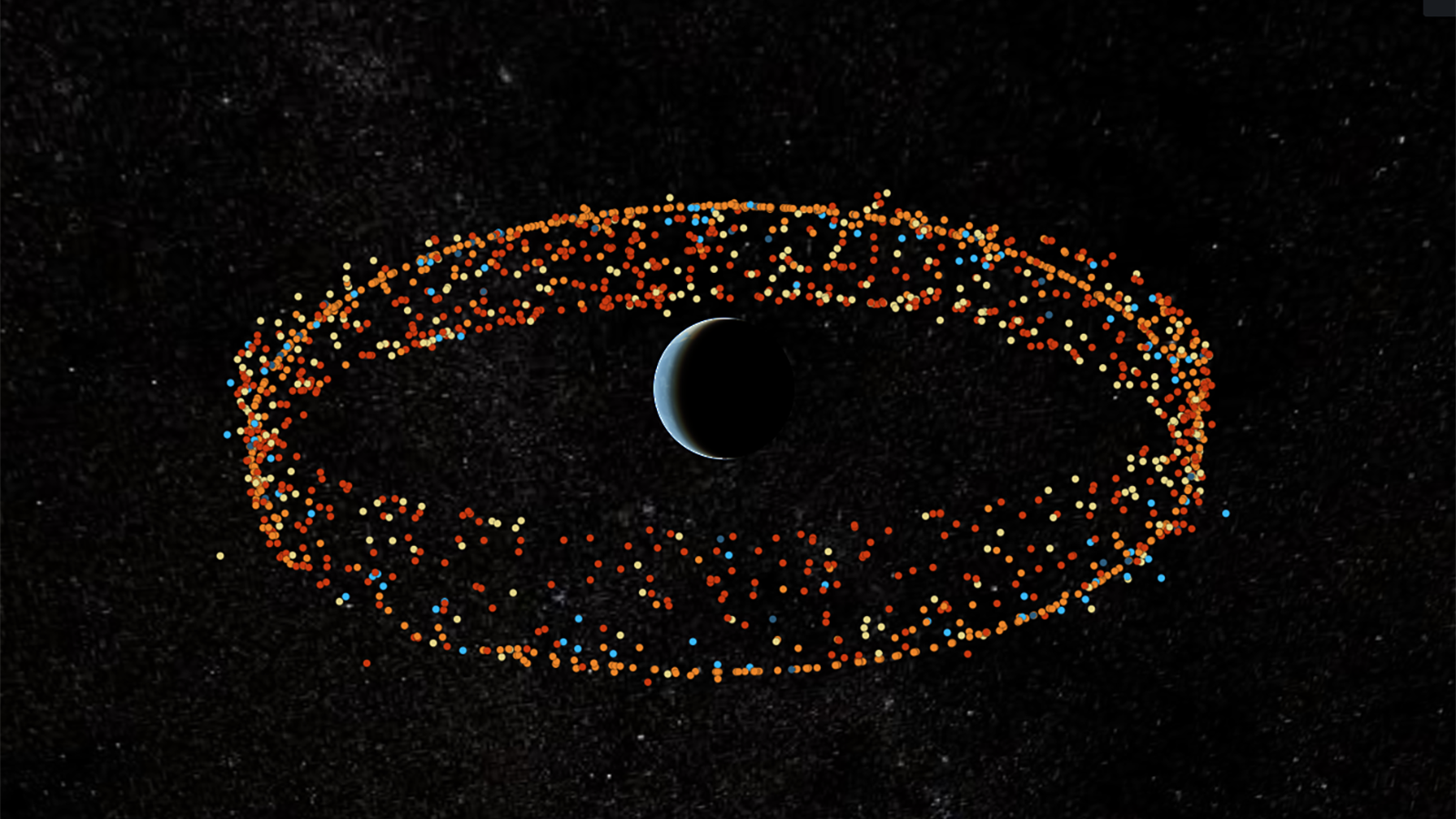
The Satellite Dashboard is an example of an open source tool to monitor close approaches of satellites and debris in space, produced by the Center for Strategic and International Security, the Secure World Foundation, and the University of Texas at Austin. (Satellite Dashboard)
AMOS 2024 — While the Commerce Department’s new space monitoring system for non-military users will rely heavily on data from the Defense Department, especially in its initial stages, the Pentagon also will eventually benefit from commercial data obtained by the Traffic Coordination System for Space (TraCSS), according to Commerce officials.
“DoD is going to be a TraCSS user, and they’re going to have rule-based access to the data that they need to extract — which mainly at this point is the owner/operator ephems [ephemeris]. Because we’re ingesting owner/operator ephems, they won’t be ingesting them in Space-Track.org anymore,” Sandy Magnus, chief engineer at the Office of Space Commerce (OCS) said Monday.
A satellite ephemeris is a set of data that provides the location of a satellite at specific times. based on observations and analytical models, and are used to provide space situational awareness (SSA). Space Force’s 18th Space Control Squadron manages Space-Track.org, which currently provides rough ephemeris of the some 47,000 satellites and dangerous space junk tracked by US Space Command (SPACECOM) via telescopes and radar.
Speaking to Breaking Defense along with several other OCS officials in the margins of the annual Advanced Maui Optical and Space Surveillance Technologies (AMOS) Conference in Hawaii, Magnus explained that her office will provide all the software Application Programming Interfaces (APIs) the Space Force and SPACECOM will need to “extract” that unclassified commercial data from TraCSS. But DoD will be responsible for ensuring that data is translated into formats usable by military operators.
“They’re going to do whatever magic thing they have to do on the DoD side to get it back in their classified catalog, or wherever they keep it,” she said.
Commerce officials stressed that DoD is providing only its unclassified data about the whereabouts of space objects to TraCSS, although some of that information also might be “controlled unclassified information,” of CUI.
Under DoD policy, which is somewhat controversial, information dubbed as CUI isn’t shareable with private operators for various reasons, including national security concerns.
So, while satellite ephemeris data and other basic data about satellite functionality will be freely available once the TraCSS website is up and running, the full TraCSS database of collision warnings won’t be, the OCS officials said. Instead, TraCSS will provide what are known as “conjunction data messages” or CDMs — essentially, warnings that a satellite is likely to come close to another space objects and thus there may be a possibility of a collision — to the commercial or foreign government owner/operators involved.
That said, TraCSS will go above and beyond DoD’s current CDM process by publicly providing the specifics of a potential crash in what are deemed emergency situations, explained Mariel Borowitz, OCS director of international SSA engagement.
“When those events are above some threshold of risk, so they get termed to be emergency events, then we’re going to make those open and so that’s a change from what’s been in the past,” she said. “I think that is a significant difference from the status quo today.”
OCS has a study ongoing to figure out what the threshold for an emergency is, which, for example, would include the predicted probability of a collision. The study is bouncing off of NASA research done about a decade ago, but using updated information about the environment, the Commerce officials explained. It is expected to be finished by the end of the year.
OCS Director Richard DalBello noted that developing criteria to judge what makes sense and how to “value what exists” before determining operational parameters for TraCSS is “the logic that has underpinned all of the work we’ve done.”
